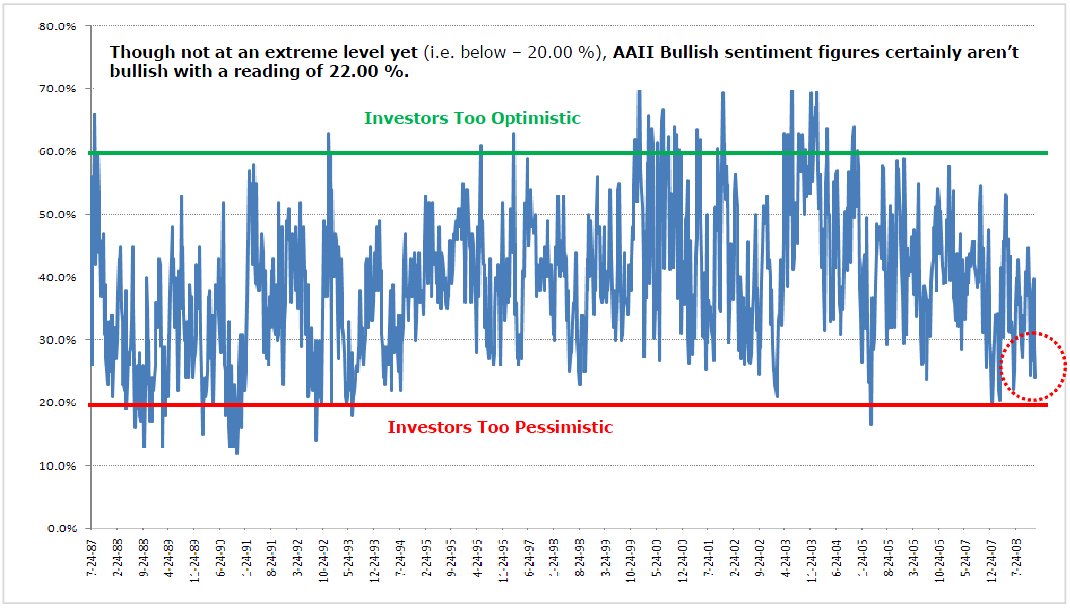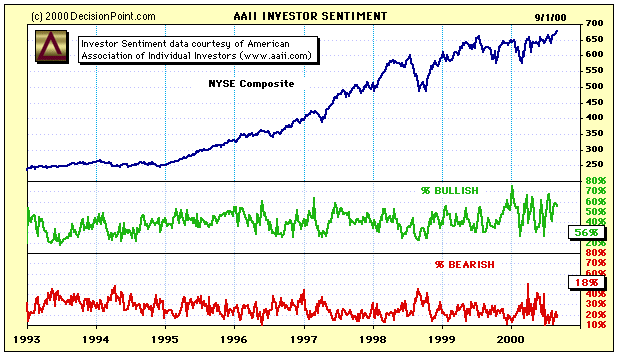AAII The American Association of Individual Investors
Post on: 30 Май, 2015 No Comment

You may not need a weather man to know which way the wind blows.
But in the financial world, you do need a stock market index to know which way the stock winds are currently blowing. Thats why the broad market indexes are quoted daily by virtually every media source as a barometer of the state of the overall market.
How do these market indexes work and what are they telling you?
What It Is
A stock market index is simply a statistical composite that measures the ups and downs of the market it is designed to follow.
There are many indexes that follow numerous segments of the stock market, including the broad stock market and more narrow sectors such as specific industries or specific types of stocks (such as large or small firms).
Indexes serve purposes other than just stock market barometers. Investors use indexes in monitoring their own portfolios, and as benchmarks for performance comparisons. [For more on using indexes to monitor and benchmark your portfolio, see A Performance Tape Measure: How to Benchmark Your Portfolio , by John Markese, in the November 2007 AAII Journal ].
How They Work
Most indexes calculate the value of their composite stocks at a certain point in time and set this value as the base, or starting point. All future values can be compared to this base.
For example, an index with a base of 100 (other bases may be used) and a current value of 200 has doubled over the time period.
While this approach is by far the most common construction, averages also existmost notably the Dow Jones industrial average.
The Dow Jones industrial average deserves a special consideration because it represents a small sample (currently, 30 stocks), and it is widely quoted.
Originally, the Dow was reported by adding up the prices of all its stocks and dividing by the number of stocksa typical average calculation. However, over the years, stock splits and stock dividends had to be taken into consideration, and this is done by changing the divisor. When you hear that the Dow is at 12,000, it means that the average share is worth $12,000 before all splits and stock dividends over the years.
Beyond the restricted sample of only large stocks representing only major industries, the adjustment to the divisor has actually caused the growth in the average to be understated. Stocks that split have less future impact on the average, but the stocks that split tend to be the ones experiencing growth.

Although not technically an index, the interpretation of the numbers is similarwhen the Dow was first published in 1896 (with 12 stocks), it stood at a little over 40; when it topped 12,000 in 2006, it indicated that the average had risen 300 times.
Composition
A market index first and foremost consists of a defined sample of securities, selected by the creators of the index.
For stock market indexes, the sample is selected by many creators, as illustrated by the representative group in Table 1 .
For example, most stock exchanges have their own indexes that measure the common stocks traded on that exchange.
The Dow Jones industrial average is a group of 30 major blue chip firms selected by the editors of the Wall Street Journal.
The Standard & Poors 500, another commonly quoted index, consists of 500 stocks chosen to reflect the risk and return characteristics of large-cap stocks, and it is maintained by Standard & Poors. Chosen stocks are in sectors such that the sector composition of the index is in line with the large-cap universe; currently, the largest sectors in the S&P 500 are: financials (16.8%), information technology (15.7%), energy (13.2%), industrials (12.2%), and healthcare (11.7%).
The sample of stocks in an index is an important component that determines how the index will respond in various financial environments and how meaningful the index will be for the individual investor. For example, a market index that follows smaller firms, such as the Russell 2000, would typically behave much differently than an index that follows larger firms, such as the S&P 500. Similarly, a narrow market index, such as the NYSE Arca Tech 100, which follows technology-related stocks, would behave much differently than a broader-based stock market index.














